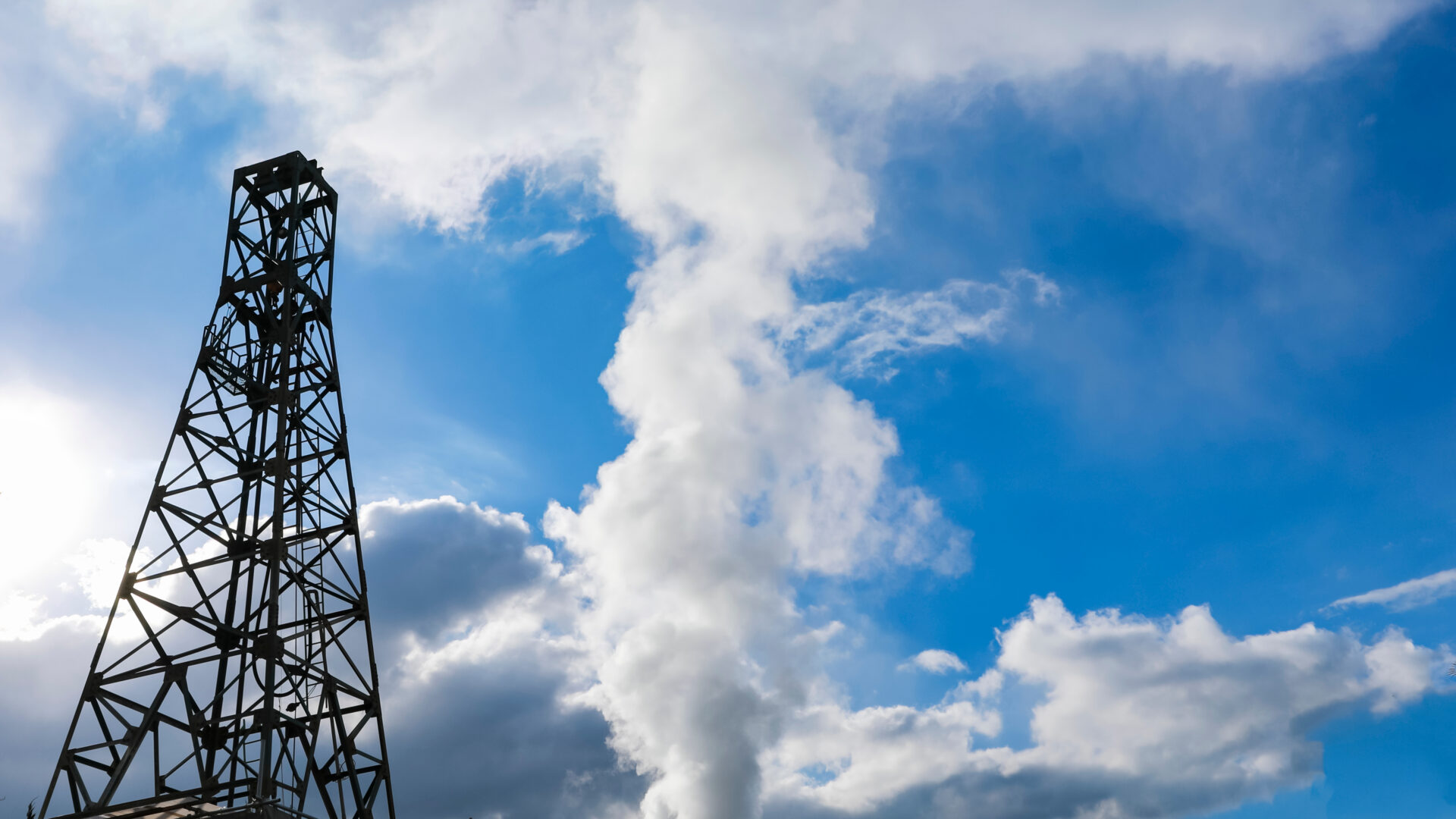However, the cost of accessing deep geothermal energy remains exceptionally high and the rewards uncertain. Dynamic reservoir modelling alongside probabilistic drilling time and cost estimation will build greater trust and transparency in this potentially transformative, zero carbon fuel of the future.
Geothermal energy is being hailed as the next big powerhouse to fast track the energy transition and avert a climate crisis. Unlike wind and solar, it is a constant, stable and sustainable source of energy, so is easier to predict and manage.
However, while operational costs are low and consumer prices competitive, it requires mammoth investment to explore and drill for geothermal resources as well as build supporting power plants and infrastructure: considerably higher than coal, oil, and gas power plants.
Crucially, reservoir modelling and drilling time and cost management technology developed by the hydrocarbon industry can play its part to secure the spending needed to hasten geothermal energy’s adoption.
Radical reservoir modelling
Ranging from a few feet to several kilometres deep, geothermal wells – like oil and gas wells – are vertical or deviated and can be extended laterally over horizontal distances up to about 1.5km (1 mile). The deepest and hottest geothermal wells in the world can be found in the UK at United Downs, a small hamlet near Falmouth, in the southwest of England. The United Downs Deep Geothermal Power (UDDGP) plant is a first of its kind for the country: the £18.7 million wells are 5km (3.2 miles) deep and 195ºC at the bottom.
To ensure a geothermal well is not only viable but also financially feasible, providing a detailed model of the reservoir is vital if a surge of potential sites and projects are to be identified and their heat and water exploited for electricity.
Dynamic reservoir modelling will show investors and project developers how the reservoir is constructed, how it behaves, its potential as a source of energy and most importantly, its profitability. This multidisciplinary undertaking provides the technical insight needed to assess risk, estimate productivity and inform long-term planning and funding.
We employ 3D and 4D static (or geological) and dynamic (or simulation) reservoir models to demonstrate a geothermal reservoir’s potential with pinpoint accuracy.
The process includes gravimetric, magnetic, seismic data and well exploration and production data which are analysed using both exploratory and confirmatory statistical methods and tools. This not only shows the components and characteristics of the energy stored in the rock, but also the interconnectivity of the fractures which form a transportation ‘highway’ to extract geothermal energy.
Proven approach for time and risk estimation
AGR Software’s drilling software, iQx™ was recently deployed by Deutsche ErdWärme, the largest private developer of geothermal power plants in Germany, to streamline the well delivery process and accurately estimate risk and time outcome of the company’s first geothermal exploration well in the south-west of the country. Instead of using the deterministic planning method, probabilistic time and cost modelling was used to plan the two wells: drilling began in November 2022. The aim of the operation was to extract thermal water from a depth of 3.7km to generate electricity and heat for around 10,000 households.
As a proven technology for oil and gas operations, the plug-and-play platform which applies the Monte Carlo probabilistic simulation approach, also records learnings to mitigate costly errors and maximise performance in future projects.
The rise of geothermal energy
Geothermal energy is one of the most abundant, convenient and cheapest electricity sources available today. Its promise as a reliable, zero-emissions power source could be huge. According to the Intergovernmental Panel on Climate Change (IPCC), global geothermal energy potential could be in the range of 35GW to 2TW.


